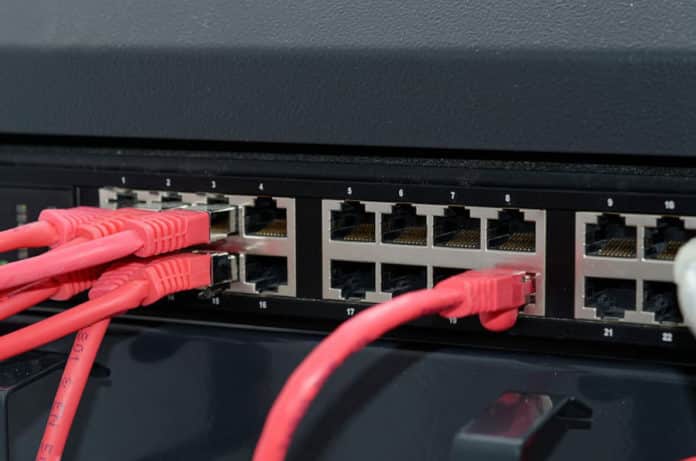Routers are everywhere. While switches do the heavy lifting in enterprise, mobile, Wi-Fi, and satellite networks, it is the routers that carry data, signals, and functionality to users.
Businesses use routers to extend their networks throughout the entire premises. And wireless access points can be seen along corridors everywhere.
Here are some of the top trends companies and IT pros are seeing in the enterprise router market:
1. Strong router growth forecast
Router sales are high and are predicted to get even higher, according to the networking and telecom analyst firm Dell’Oro Group.
For example, enterprise routers registered double-digit growth in 2021. And this growth trend is expected to last for many years. After all, the reach of enterprise networks has extended markedly over the past two years.
The necessity for work-from-home (WFH) policies has meant that organizations have had to beef up bandwidth availability, be capable of facilitating far more remote connections, and enable employees to function productively via higher-performance work and home office Wi-Fi networks.
2. Boom in port volume
The number of 2.5/5.0 Gbps ports grew by 16% in 2021, according to Dell’Oro Group. Currently, they comprise only 1% of total ports. Why?
The price premium of these newer ports over 1 Gbps is still hindering their mass adoption. However, the analyst firm expects that the 2.5/5.0 Gbps adoption will accelerate with the ramp of Wi-Fi 6 and the anticipated introduction of Wi-Fi 7 WLAN access points.
Meanwhile power-over-Ethernet (PoE) ports exhibited strong double-digit growth. They comprised 30% of total ports in 2021. This highlights the fact that enterprises want their users to have access to as much power and as much bandwidth as possible. Further, these statistics show how router sales will inevitably remain healthy for some time to come as network connectivity is expanded. The more enterprises engage in network upgrades, the more they will be constrained by aging routers, unless they too are upgraded.
“Demand for IP routers, especially in North America, surged last year, as network operators pumped up investments across a wide range of network infrastructures,” said Shin Umeda, VP, Dell’Oro Group.
“Our research found that North American network expansion projects for internet and cloud backbones, mobile transport, and broadband aggregation all contributed to the region’s first annual increase since 2015.”
3. Blurring of lines between switches and routers
Switches and routers used to be distinctly separate. But over the years, switches have gradually grabbed some functions from routers, and routers have added switch-like functionality to enable them to provide better service. There has been a blurring of the lines between the two.
Consequently, a market segment within the router space has evolved to take advantage of 400 Gbps networking gear. While it has taken a while for it to gain traction, the service provider core router market segment is now expanding steadily. Looking ahead, deployment of 400 Gbps routers and technologies is needed to further expand network capacity. Hence, worldwide service provider router and switch market will reach $76 billion in cumulative revenue over the next five years, Dell’Oro Group forecasts.
“The adoption of new 400 Gbps routing technologies is expected to contribute significantly to the overall market growth,” said Umeda with Dell’Oro Group.
“400 Gbps capable routers are addressing a wider range of applications, and the economic improvements offer a compelling investment storyline.”
4. 5G boom
5G is everywhere. It is almost impossible to not hear about the glories of 5G. And that means strong router sales for many years to come. Those that don’t upgrade their routers may not be able to take full advantage of 5G.
Routers deployed in 5G mobile infrastructures are projected to drive consistent market growth over the next five years. And disaggregated routers are expected to take a larger share of the overall market, but the nascent technologies face an increasingly competitive landscape from incumbent vendors. Meanwhile, increasing share of the router and switch market will go to cloud service providers over the next five years, as they upgrade to 400 Gbps technologies and expand network footprints, said Umeda with Dell’Oro Group.
“While still a fairly new technology, adoption rates of 5G have increased significantly,” said Michael Wood, CMO, Versa Networks.
As 5G grows, with it will grow adoption of advanced routers and associated technology.
5. Digital transformation
Digital transformation is another big driver of router sales.
As digital transformation initiatives gain momentum, a trend accelerated by the pandemic, new network requirements are emerging.
This puts pressure on IT managers to upgrade their networks and routers, not only to add performance, but to be able to accommodate different security layers that are becoming increasingly necessary.



